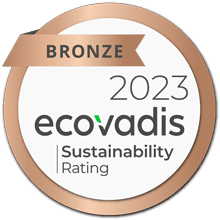According to S&P data, total cash costs of lithium concentrate operations increased 17.4% YoY to USD 2,529/t lithium carbonate equivalent (LCE) in 2021. And the battery-grade Lithium Carbonate EXW China price closed at USD 41,925 per tonne at year-end, an increase of 485.8% YoY.3https://www.google.com/url?q=https://www.spglobal.com/marketintelligence/en/news-insights/research/lithium-costs-up-in-2021-continuing-to-surge-in-2022&sa=D&source=docs&ust=1659005705941452&usg=AOvVaw0RNI7XWhGaV7LySJG01kIv
Read More
Submit your details to access the latest Quarterly Trends Report from Third Bridge.


